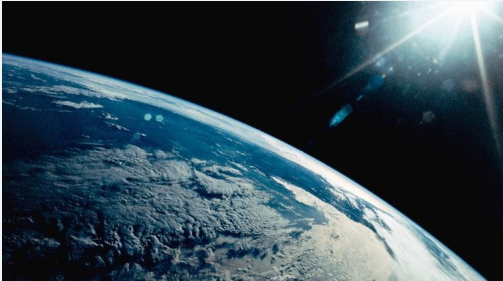Crop yield estimation is a crucial aspect of agricultural management and planning. Accurate and timely yield estimates can help farmers make informed decisions about planting, fertilization, irrigation, and harvest timing. Remote sensing is a powerful tool that can be used to estimate crop yields with a high degree of accuracy. One of the most commonly used indices in remote sensing for crop yield estimation is the normalized difference vegetation index (NDVI). In this article, we will explore the use of NDVI in conjunction with regression equations to estimate crop yields using remote sensing.NDVI is a commonly used index in remote sensing that measures the amount of vegetation cover in an area. NDVI is calculated by taking the difference between the near-infrared and red bands of a multispectral image and dividing that difference by the sum of the near-infrared and red bands. NDVI values range from -1 to 1, with higher values indicating more vegetation cover. NDVI is highly correlated with crop growth and yield, and it can be used to estimate crop yields with a high degree of accuracy.Regression equations can be used to create a relationship between NDVI and crop yield. These equations can be used to estimate crop yields based on NDVI values, making it possible to estimate crop yields using remote sensing data. The regression equation can be developed by collecting data on NDVI and crop yield from a specific crop and area, and then using that data to create a mathematical equation that describes the relationship between NDVI and crop yield.Remote sensing data can be used to estimate crop yields by collecting NDVI images of the crop and then applying the regression equation to the NDVI values. The resulting estimates of crop yield can be used to make informed decisions about planting, fertilization, irrigation, and harvest timing. Additionally, remote sensing can be used to estimate crop yields across a large area, making it possible to identify areas with the highest crop yields and target resources and attention accordingly.In conclusion, NDVI is a commonly used index in remote sensing for crop yield estimation. Regression equations can be used to create a relationship between NDVI and crop yield, which can be used to estimate crop yields using remote sensing data. Remote sensing can be used to estimate crop yields across a large area, making it possible to identify areas with the highest crop yields and target resources and attention accordingly. Crop yield estimation, NDVI, remote sensing, regression equations, crop growth, agricultural management, planting, fertilization, irrigation, harvest timing, precision agriculture.
Highlights :
Use Machine learning method for crop classification in ArcGIS, separate crops from natural vegetation
The model was developed using the minimum observed data available online
Crop NDVI separation
Crop Yield model development
Crop production calculation from GIS model data
Identify the low and high-yield zones and area calculation
Calculate the total production of the region
Validation of developed model on another study area
Validate production and yield of other areas using a developed model of another area
Convert the model to the ArcGIS toolbox
Highlights :
Use Machine learning method for crop classification in ArcGIS, separate crops from natural vegetation
The model was developed using the minimum observed data available online
Crop NDVI separation
Crop Yield model development
Crop production calculation from GIS model data
Identify the low and high-yield zones and area calculation
Calculate the total production of the region
Validation of developed model on another study area
Validate production and yield of other areas using a developed model of another area
Convert the model to the ArcGIS toolbox















